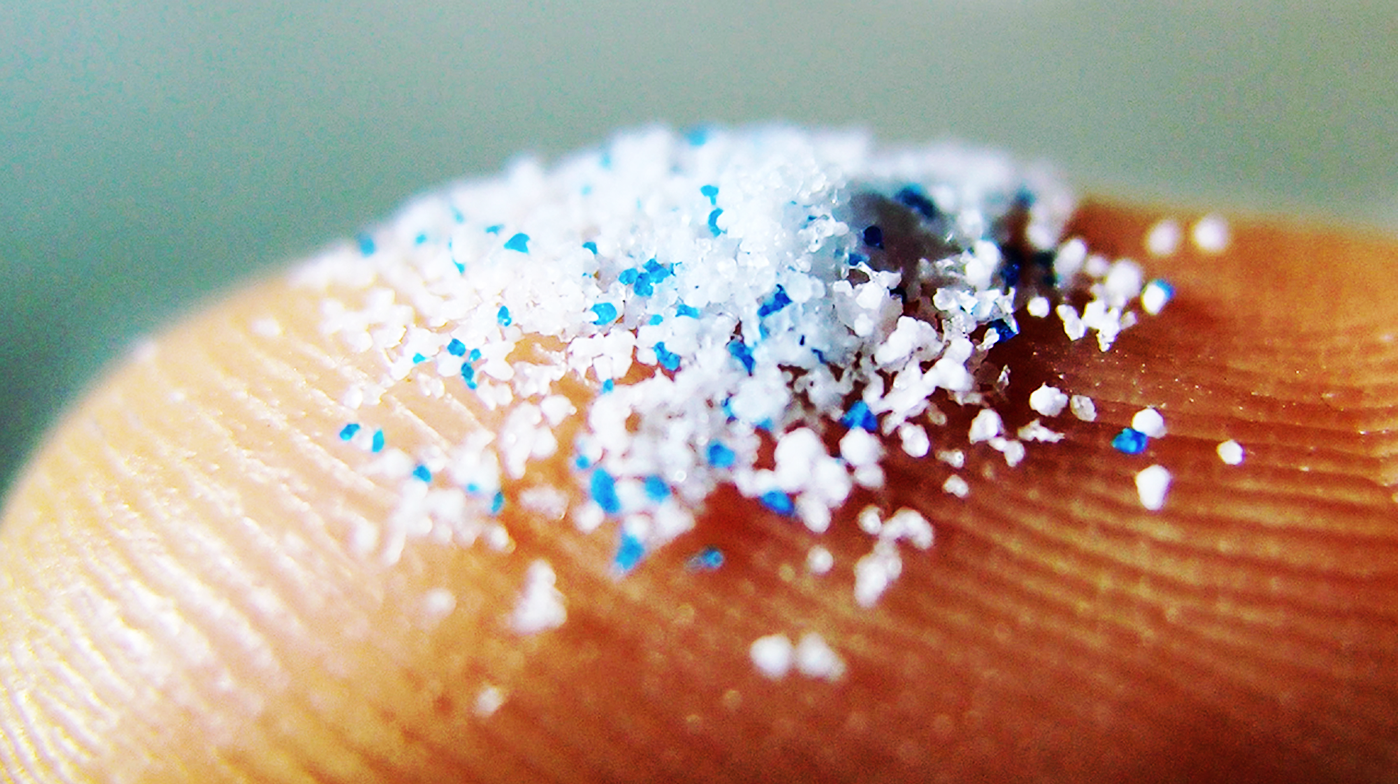Microplastics: Panic or Reality?
There has been a lot of talk in recent months about microplastics in the human brain, often with alarmist tones. Sensational headlines speak of brains full of plastic or of neurodegeneration caused by plastic.
But what do the most up-to-date scientific studies really say? Is there really a... health crisis linked to the accumulation of plastic in the body, or is it a new wave of media disinformation?
Microplastics in the brain: what research shows
- Some studies have found presence of microplastics in the human brain: on average we are talking about approximately 7 grams per person, or a plastic spoon accumulated over time (New York Post, Financial Times).
- Between 2016 and 2024, concentration increased by 50%, with higher values found in patients affected by dementia.
Microplastics and dementia: correlation or causation?
It is important to underline that:
- There is no scientific proof that microplastics directly cause dementia or other neurological disorders (Financial Times, The Times).
- Some analysis methods, like the Pyrolysis-GC/MS, they could confuse brain fat with plastic, generating false positives.
- In one much cited study they were even duplicate microscopic images, which could have altered the results (The Transmitter).
Daily exposure: air, food, water
The microplastics are everywhere:
- Up to 68,000 particles per day inhaled by a person, especially in indoor environments (The Guardian).
- The particles smaller than 200 nanometers I am able to enter the blood and reach internal organs.
FDA and microplastics: what is the official position?
According to the US Food and Drug Administration (FDA):
- They are not here current scientific evidence that microplastics in food are harmful to health.
- A broader evaluation is underway through the Microplastics Safety Act (July 2025) to examine risks to endocrine health, child development, and oncological pathologies.
Scientific summary: summary table
| I wait | Hard facts |
| Presence in the brain | Up to 7g detected, but no causality proven |
| Method reliability | Some studies have been criticized for contamination or analysis errors |
| Daily exposure | High: indoor air, food, water |
| FDA Position | Currently no documented risks |
| Current regulations | Legislative proposals to address health risks |
Alarm or disinformation?
Yes, microplastics are present in the human body.
No, they are not here concrete evidence that cause direct neurological damage.
The biggest problem is not plastic, but disinformation, alarmism and the lack of a rigorous scientific approach.
At the same time, ignoring the phenomenon would be irresponsible.
It serves more research, better analysis methods and balanced information.
Is plastic really the enemy?
No. Plastic, if used responsibly, is fundamental for food, health and environmental safety:
- Reduces waste;
- Protects medicines and food;
- It allows sterility and preservation in the medical and pharmaceutical sectors.
Information has a duty: to be rigorous
We ask for proof, not clickbait headlines.
We ask for data, not ideologies.
Main scientific sources
- Nature Medicine
- New York Post
- Financial Times
- The Times
- Science Media Centre
- FDA
- PLOS One
- Food Packaging Forum
- The Guardian
- Wikipedia
Teamplast has always been attentive to the impact of plastic on the environment and on human health, promoting the conscious, traceable, and regulated use of plastic materials in compliance with regulations and the environment.
Do you need safe and certified materials for food, medical, or industrial packaging?





